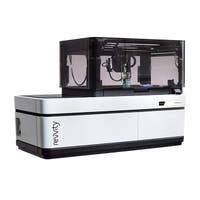
PhenoPlate 384-well, black, optically clear flat- bottom, poly-D-lysine-coated, lids, case of 160
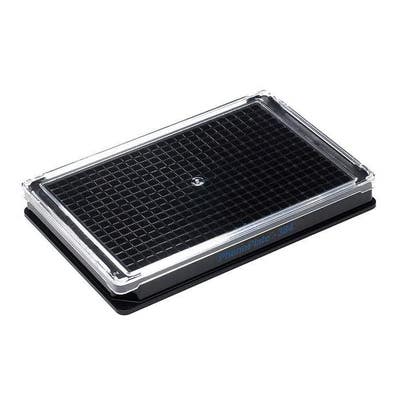
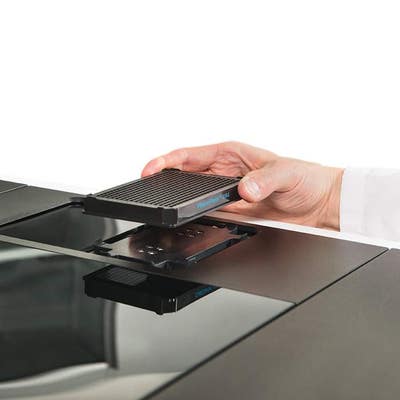
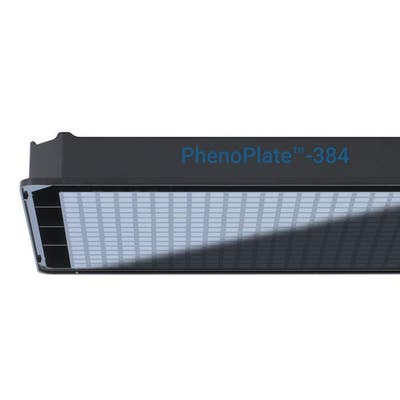 View All
View All
PhenoPlate 384-well, black, optically clear flat- bottom, poly-D-lysine-coated, lids, case of 160
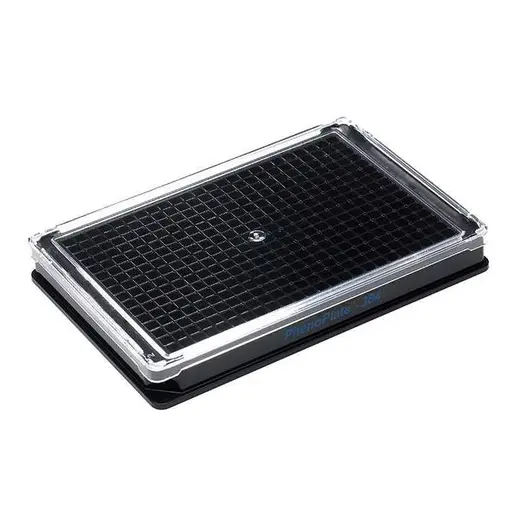
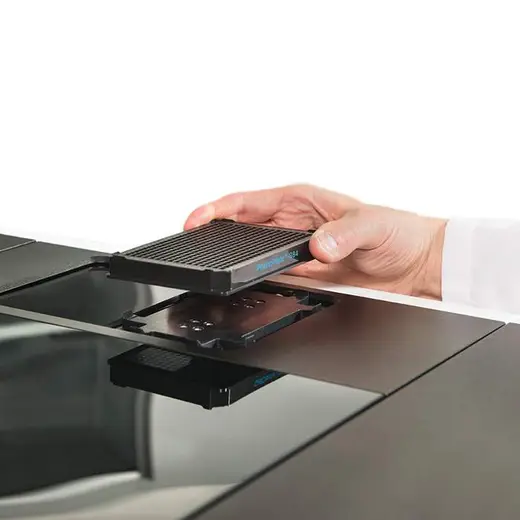
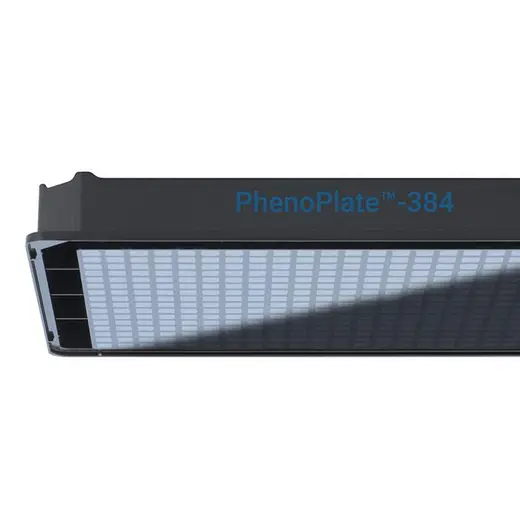



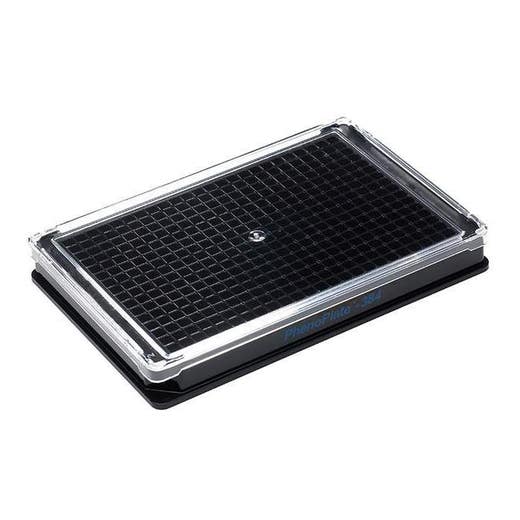
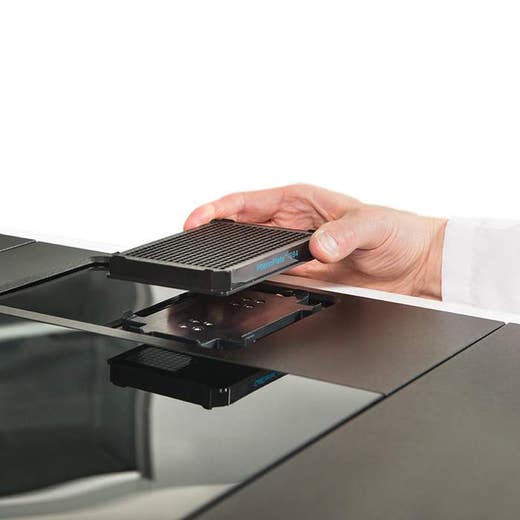
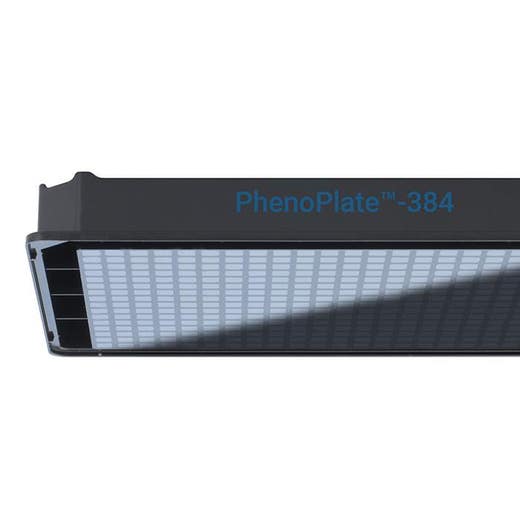



Poly-D lysine-coated PhenoPlate™ 384-well microplates (formerly named CellCarrier Ultra microplates) are coated with a synthetic positively-charged polymer.
With black well walls and an optically-clear cyclic olefin bottom, poly-D lysine-coated PhenoPlate 384-well microplates are ideal for cell culture and imaging with high-content screening systems.
For research use only. Not for use in diagnostic procedures.
| Feature | Specification |
|---|---|
| Surface Treatment | Poly-D lysine coated |
| Color | Black/Clear Bottom |
| Material | Cyclic Olefin |
| Sterility | Aseptic |
| Plate Format | 384 wells |
| Well Shape | Flat-bottom |
Poly-D lysine-coated PhenoPlate™ 384-well microplates (formerly named CellCarrier Ultra microplates) are coated with a synthetic positively-charged polymer.
With black well walls and an optically-clear cyclic olefin bottom, poly-D lysine-coated PhenoPlate 384-well microplates are ideal for cell culture and imaging with high-content screening systems.
For research use only. Not for use in diagnostic procedures.






PhenoPlate 384-well, black, optically clear flat- bottom, poly-D-lysine-coated, lids, case of 160






PhenoPlate 384-well, black, optically clear flat- bottom, poly-D-lysine-coated, lids, case of 160






Product information
Overview
These PhenoPlate 384-well microplates (formerly named CellCarrier Ultra microplates) for high content imaging applications are PDL-coated and are available in black in a 384-well format. The microplates benefit from a film bottom made of cyclic olefin, a plastic that has glass-like optical properties, providing superior image quality and also good cell adherence. They have an ultra-low plate bottom (0.2mm) for better well access when using water immersion and high NA objectives, and a new design, low profile polystyrene lid for reduced evaporation.
Poly-lysine is a synthetic positively-charged polymer, existing as two enantiomers: Poly-D-lysine (PDL) and Poly-L-lysine (PLL). Adherence of certain cell types to poly-lysine-coated surfaces is based on the electrostatic interaction of the poly-D-lysine polycation with the negative charges of the cell membrane. Use of poly-lysine coatings on plate surfaces can help mediate the negative charges of the cell membrane and the negative charge of the surface. Both PDL and PLL are commonly used however PDL is not degraded by cellular proteases and is therefore often the preferred choice. As Poly-lysine is a synthetic protein, it does not influence the signaling pathways of the cells and is completely free of any animal contaminants. Almost all cell types will adhere to Poly-lysine coated plate bottoms.
Packaging Notes:
- Cases of 40 are packaged as 2 sleeves of 20 plates, lids included
- Cases of 160 are packaged as 8 sleeves of 20 plates, lids included
Additional product information
Well plate dimensions
Well format: 384-well
| Description | Specification |
|---|---|
| Number of rows | 16 |
| Number of columns | 24 |
| Well volume | 145 µL |
| Recommended working volume | 25 µL - 120 µL |
| Height (mm) | 14.35 |
| Length (mm) | 127.76 |
| Width (mm) | 85.48 |
| Well diameter (mm) | 3.26 |
| Well depth (mm) | 12.7 |
| A1 to top offset (mm) | 8.99 |
| A1 to side offset (mm) | 12.13 |
| Well-to-well spacing (mm) | 4.5 |
Specifications
| Color |
Black/Clear Bottom
|
|---|---|
| Plate Format |
384 wells
|
| Well Shape |
Flat-bottom
|
| Application |
High Content Imaging
Microscopy
|
|---|---|
| Automation Compatible |
Yes
|
| Barcoding Compatibility |
Yes
|
| Brand |
PhenoPlate
|
| Detection Modality |
Fluorescence
|
| Format |
Microplates
|
| Lids Included? |
Yes
|
| Material |
Cyclic Olefin
|
| Packaging |
8 sleeves of 20 plates
|
| Quantity |
160 plates
|
| Shipping Conditions |
Shipped Ambient
|
| Sterility |
Aseptic
|
| Storage Conditions |
4°C
|
| Surface Treatment |
Poly-D lysine coated
|
Image gallery






PhenoPlate 384-well, black, optically clear flat- bottom, poly-D-lysine-coated, lids, case of 160






PhenoPlate 384-well, black, optically clear flat- bottom, poly-D-lysine-coated, lids, case of 160






Resources
Are you looking for resources, click on the resource type to explore further.
With powerful potential for phenotypic drug discovery, cell painting is being rapidly adopted by leading scientists across the...
SDS, COAs, Manuals and more
Are you looking for technical documents related to the product? We have categorized them in dedicated sections below. Explore now.
-
Lot number-Lot date-


How can we help you?
We are here to answer your questions.































